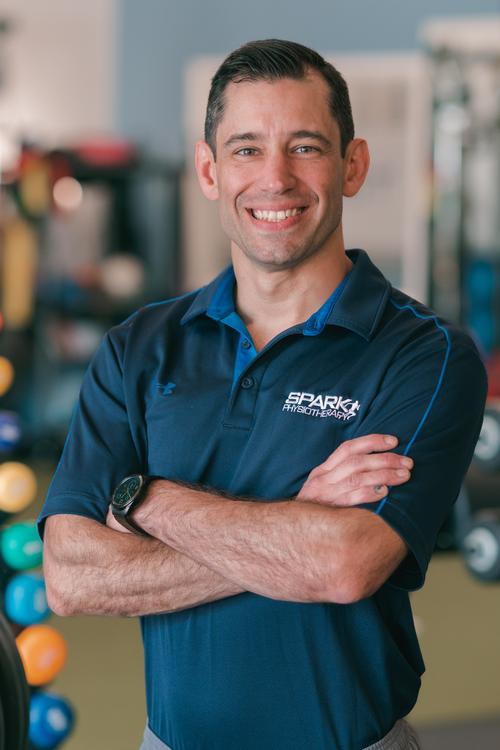 Amateur athletes and professional basketball players both know the frustration of being benched due to an injury. While you may be itching to get back in the game, it will take careful planning and dedication to get back into playing it.
Amateur athletes and professional basketball players both know the frustration of being benched due to an injury. While you may be itching to get back in the game, it will take careful planning and dedication to get back into playing it.
Our basketball physical therapist discusses vital strategies, tips for proper warm-up routines, and other post-injury preparations to get you back on the court as quickly and safely as possible.
Training Tips to Ease Basketball Players Back Onto the Court
Most players' biggest problem is failing to let themselves heal fully before they start training again. Rushing through recovery is rarely successful, and many players who push too hard will end up right back at square one.
Have your doctor or physiotherapist check your strength, balance, and range of motion before you return to your training regimen.
Don’t ignore nagging pains and “minor” issues; tell your medical professional about everything. Injuries are far easier to treat in their early stages—and taking things slowly can prevent additional injuries during recovery.
If you’ve been given the all-clear to return to physical activity, you may want to consider the following:
- Stretching thoroughly. Stretching is more important after an injury. Your body has been at rest for several weeks, and you will need to warm your muscles and ligaments up to prepare them for movement. Make sure you take your body through all three planes of motion: front to back, side to side, and twisting at the waist. Your dynamic stretching routine should include horizontal, vertical, overhead, incline, and decline motions.
- Cross-training. Cross-training is an excellent way to stay in shape without risking re-injury. Depending on the location of your injury, you may benefit from swimming, biking, hill climbs, yoga, or weightlifting.
- Isolating muscle groups. It may be a good idea to incorporate workouts that work one side of the body at a time. Unilateral exercises increase endurance in the arms and improve one-leg balance in the lower body.
- Building up your strength. Athletes with extremity injuries could perform weightlifting exercises while an injury is still healing. Building strength keeps the muscles and heart active even when a player cannot do cardio or weight-bearing exercise. Your physiotherapist can devise a program to work every muscle group and ensure your weight is balanced on your ankles, knees, and hips.
- Eating right. Good nutrition is essential to your recovery. It gives the injury site the vital nutrients it needs to heal and feeds the muscles you build up.
- Playing a different sport in the off-season. If you spend your life on the court, you could benefit from playing soccer, baseball, or football—even just a pickup game. The challenge of a different environment can ease the mental pressure of performance and work other muscle groups, reducing the chances of aggravating a repetitive strain injury.
- Trying recovery therapies. Elevate and apply ice to the affected area if you feel pain after training. Muscle strain can also significantly improve using foam rollers, sports massage, or dry needling therapy.
- Developing function and balance. An injury to your lower body can affect stability, while a back or shoulder injury can affect your balance. Strengthening your abs, quads, hamstrings, glutes, and back muscles gives you a solid center of gravity and allows your core to absorb more strain.
- Respecting your rest days. Training can take a toll on your body, and you will need proper rest to feel the benefits of your exercises. Ensure you get eight hours of sleep every night, nap if needed and, take one full day off from strenuous activity per week.





